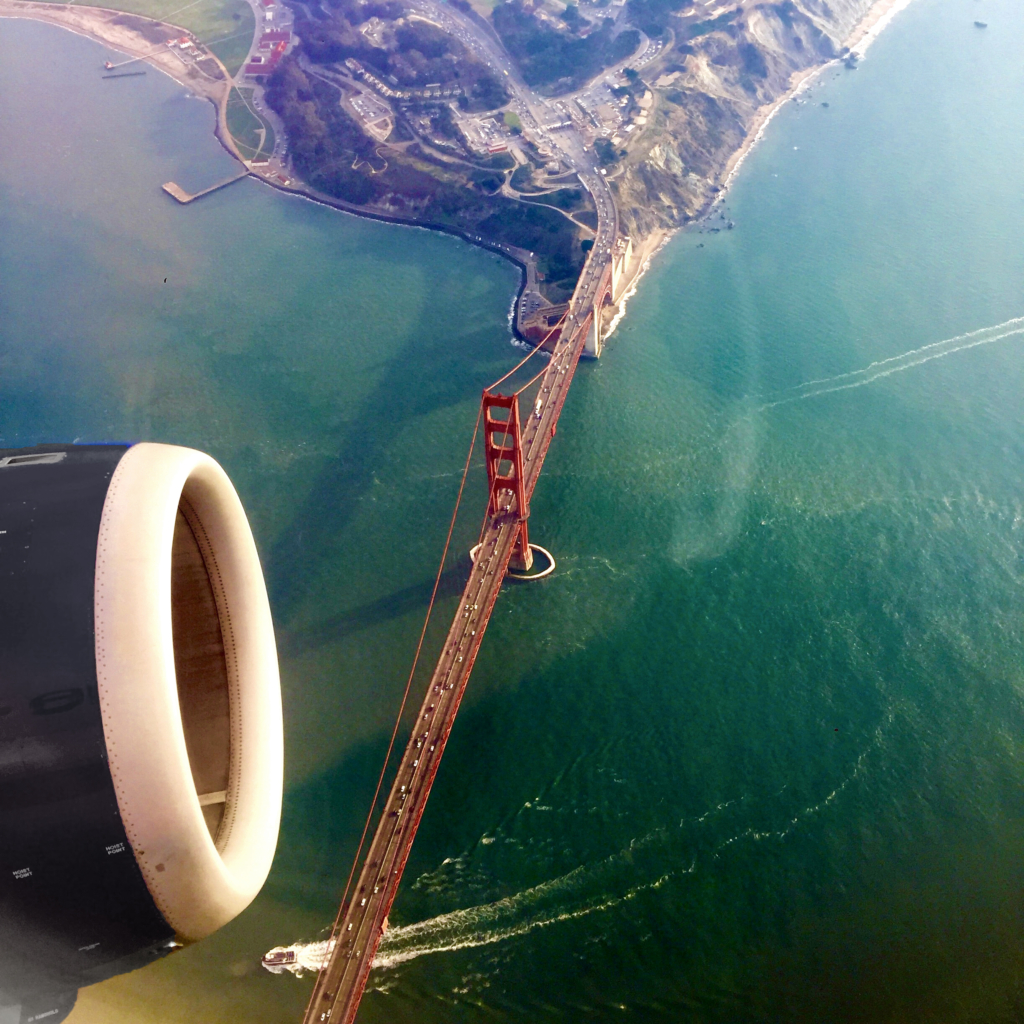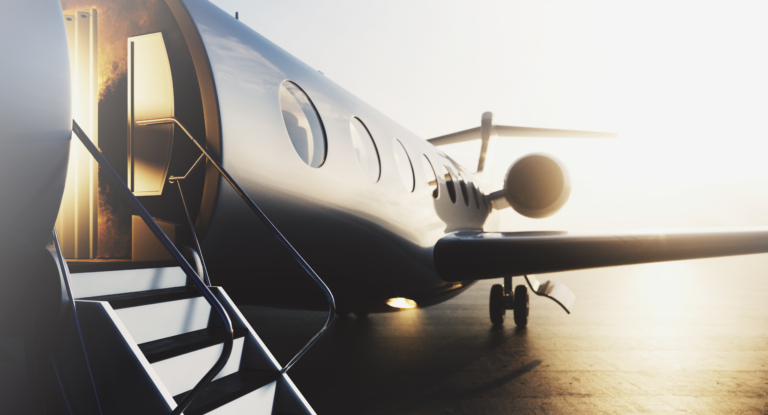While commercial air travel hit significant turbulence in the past few months, there is one sector of the aviation industry anticipating a surge in traffic as States begin to reopen.
We know that commercial airlines will endure and, ultimately, start filling flights again someday. In the interim, however, private air travel looks set for a boon as the sector seeks to appeal to a broader range of passengers exploring lower-risk alternatives.
There is an image of private aviation typically being reserved for the rich and famous – though that is not always the case. They are often used in times of crisis, such as wildfires, hurricanes and, as we see now, during pandemics to offer transportation for first responders, critical supplies, and evacuation of higher-risk people.
Private Air Travel Opens Up
The dexterity and sense of safety the smaller operation offers sees many expecting private aviation to rebound much more swiftly than the commercial sector. There are still fewer flights than before the pandemic restrictions took effect, but industry insiders have noticed significant numbers of new customers with the lower-risk perception being the primary appeal. Santa Barbara-headquartered Silver Air, for example, has launched its “Covid-19 Cleared Zero Touch Safety Travel Program” in an appeal that reinforces the safety message that private air travel espouses.
“People who hadn’t really thought about private air travel before that week in March when all the doors started to close, started to think about how to get their kids home or get grandma to wherever they were,” said Roger Woolsey, CEO of Million Air. “Once they did that, they were like, oh my gosh, I should do this more often.”
“[The increase in new passengers] sets off a slew of questions,” said Shawn Hill, Chief Commercial Officer for Signature Flight Support of Signature Air. “Such as how to educate these new people about what is possible. Some wonder if they can bring their own food, for example, or what the safety standards are. And when it comes to [private airline] bases, how many people can you get through a facility?”

Rideshare in the Sky
Whereas chartered jets were once a more affluent reserve, the experience has become more accessible in recent years. Some private aviation startups are selling seats on flights between big cities with fares that are at least comparable to commercial first-class tickets and are often less. Think Uber Pool, but for private jets. These flight-share models have been key to attracting new passengers.
Several companies are already in the market with Uber itself looking to make an entrance in 2023. They plan to conduct suburb-to-city travel with their vertical takeoff and landing aircraft called Uber Elevate. Flight-sharing startup Blackbird, meanwhile, is already in the market with an ambition to fill the gaps between regional airports. Their app, as with Uber’s pool option, matches passengers with flights that are already being assembled to their destination of choice.
Busier Small Terminals
The iconic image of a luxury car driving onto the tarmac at a private airport for VIP boarding is not a misrepresentation. As more people enter the market, however, and the popularity of rideshare-in-the-sky increases, more demand will be placed on the actual buildings.
“When you are assembling a flight with people who don’t know each other, it does put a constraint on the property,” said Shawn Hall. “As the industry starts to do a better job at building up seats, then by definition you will have people loitering inside.”
What private airports start to look like then is something that may have to be reconsidered and potentially reimagined. Currently, the buildings offer a range of experience from the luxurious commercial airline-style lounges to much more industrial spaces for pilots to rest and recharge. Could they now become amenity places of entertainment and luxury?
“Increased security since 9/11 means people have to spend more time in airports,” said our founder, William Duff. “Because of that there has been a big investment in making airports pleasant places to be. Many airports have a sense of ‘destination experience’ within them that could easily be replicated on a more intimate and personal level at private airports,” he said.
Creating an Experience
The tradition of private aviation as a luxury experience is something which is likely to remain part of the appeal. With flight-share increasing footfall in the terminals, many private jet terminals, also known as fixed-base operators (FBOs), will want to respond accordingly to meet customer expectations.
Roger Woolsey spoke to the variety of amenities on offer in FBO buildings as they currently operate. “Folks like us believe it’s all about the experience,” he said. “I think the space is very important. I like Disney over the county fair, I like the Four Seasons over a pillow and blanket. I think it can be done where it doesn’t have to be expensive, it can be done smart.”
A New Frontier
Sooner or later, the human desire and need for travel will see commercial airports rebound. The interim uptick in private air traffic, however, and those passengers’ newfound familiarity with what was once a novelty, will likely see them become more frequent users.
There has long been an elasticity to the private aviation industry that allows it to be nimble, but as it expands there is an exciting opportunity to conceive a complete experience for an expanded customer base.
By Neil Ginty, Architect
Contributors: William Duff, AIA, LEED AP; David K. Plotkin, AIA, LEED AP, NCARB; Jonathan Tsurui; Chris Telles, Architect; Sarah Mergy; Wendy Osaki; Brenna Daugherty
